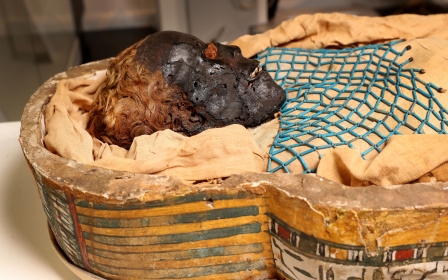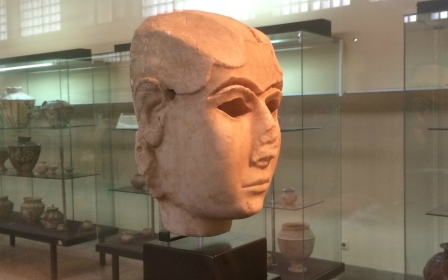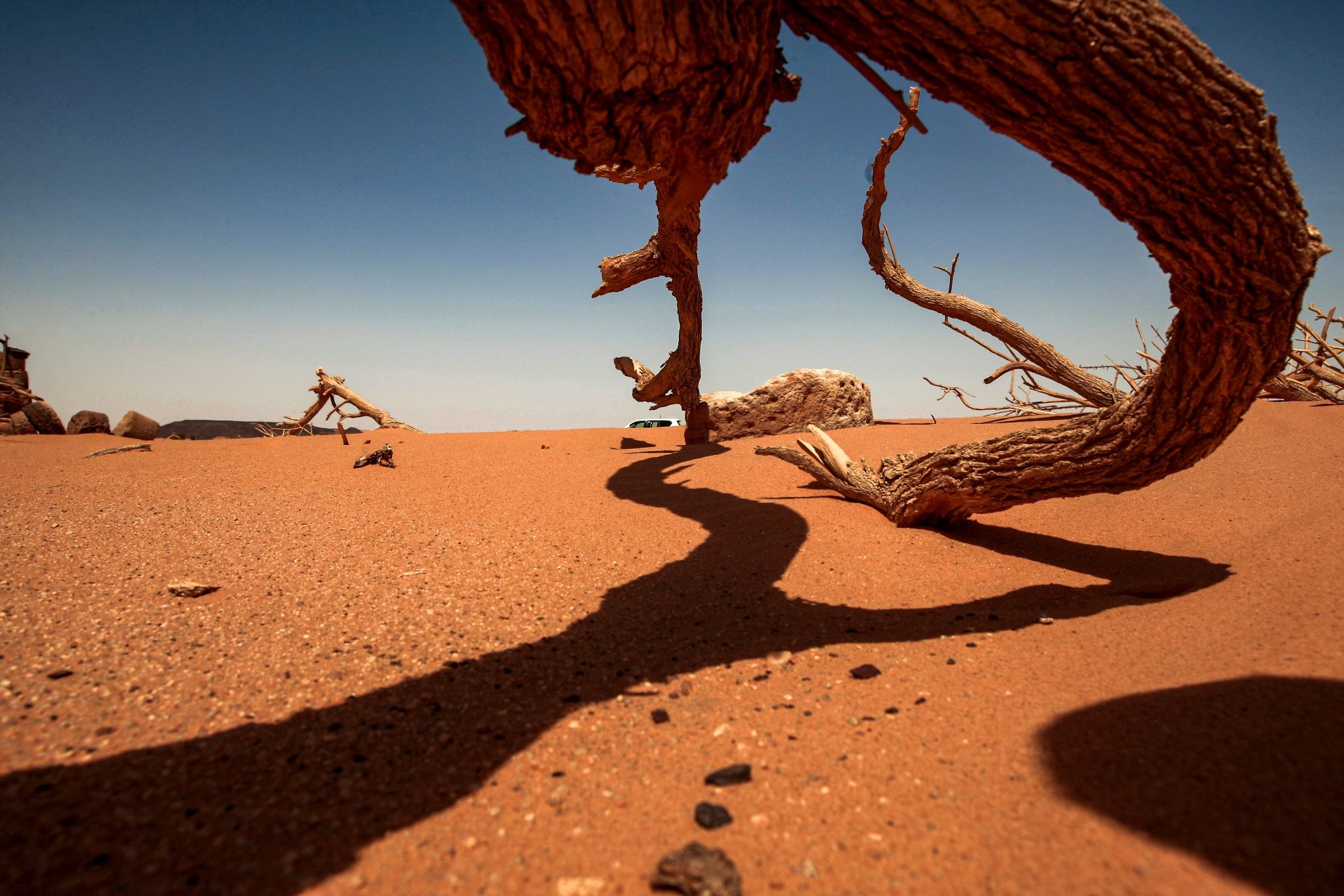
In pictures: Gold-hunters scour Sudan's ancient sites
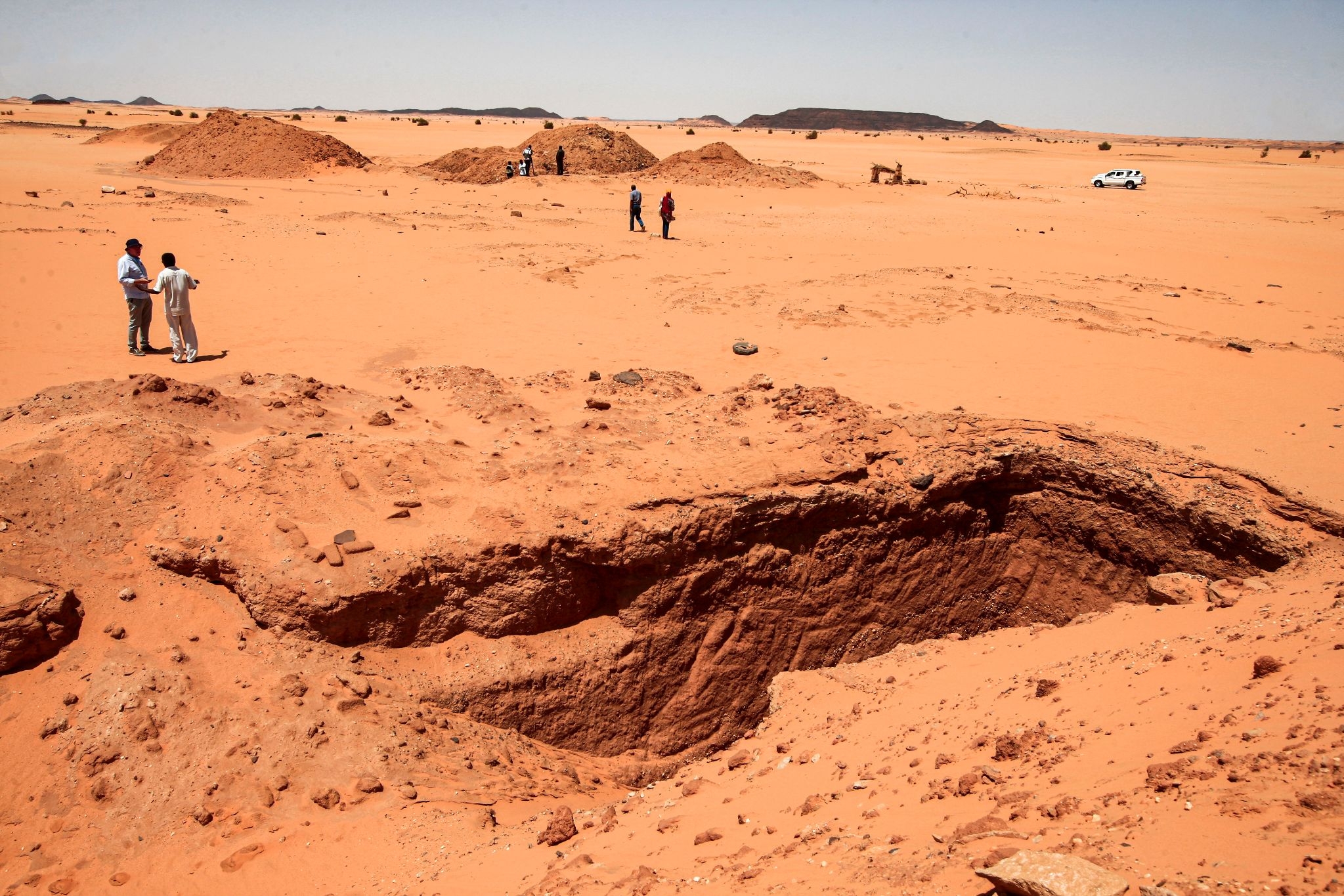
When archaeologists arrived at the two-millennia-old site of Jabal Maragha in Sudan’s northern Bayuda desert last month, they discovered it being dug up by gold-hunters. Archaeologists believe the site they have been excavating for more than two decades dates back to the Meroitic period between 350BC and 350AD, and was used either as a small settlement or a checkpoint. (All photos by AFP)

Habab Idriss Ahmed (above) was one of the archaeologists who arrived at the site, 270km north of Khartoum, to discover the damage that had left the site unrecognisable. In the sand were deep tyre tracks showing how the gold-diggers' equipment would have been transported. "They had only one goal in digging here - to find gold," Ahmed told the AFP news agency. "They did something crazy; to save time, they used heavy machinery."
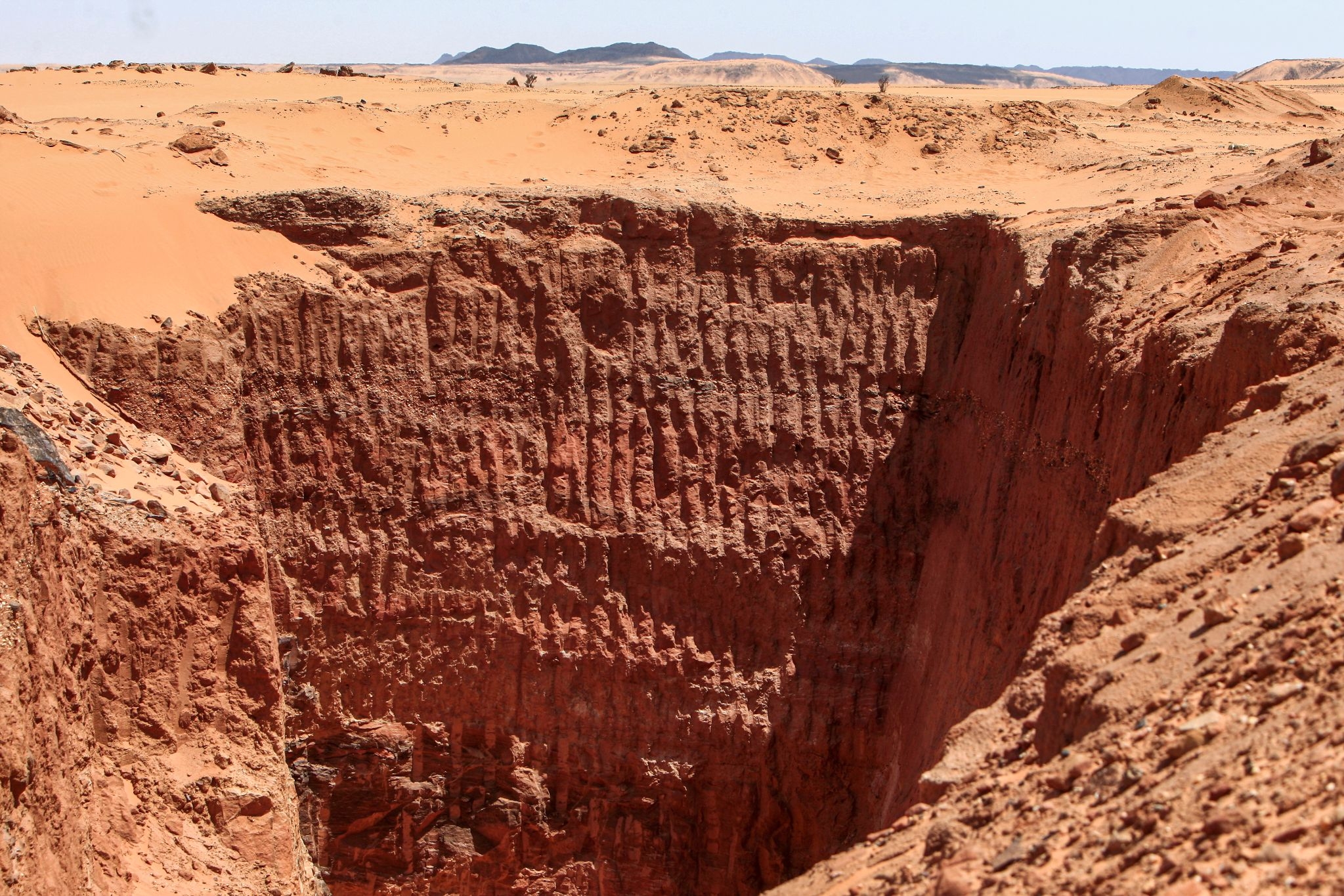
The hunters used mechanical diggers to dig a 17-metre deep trench, 20 metres long, destroying much of the ancient discoveries. "As this rock is metallic, their [metal] detector would start ringing. So they thought there was gold," said Hatem al-Nour, Sudan's director of antiquities and museums. Sudan is Africa's third largest producer of gold, after South Africa and Ghana, with commercial mining bringing in £900m ($1.22bn) to the government last year.
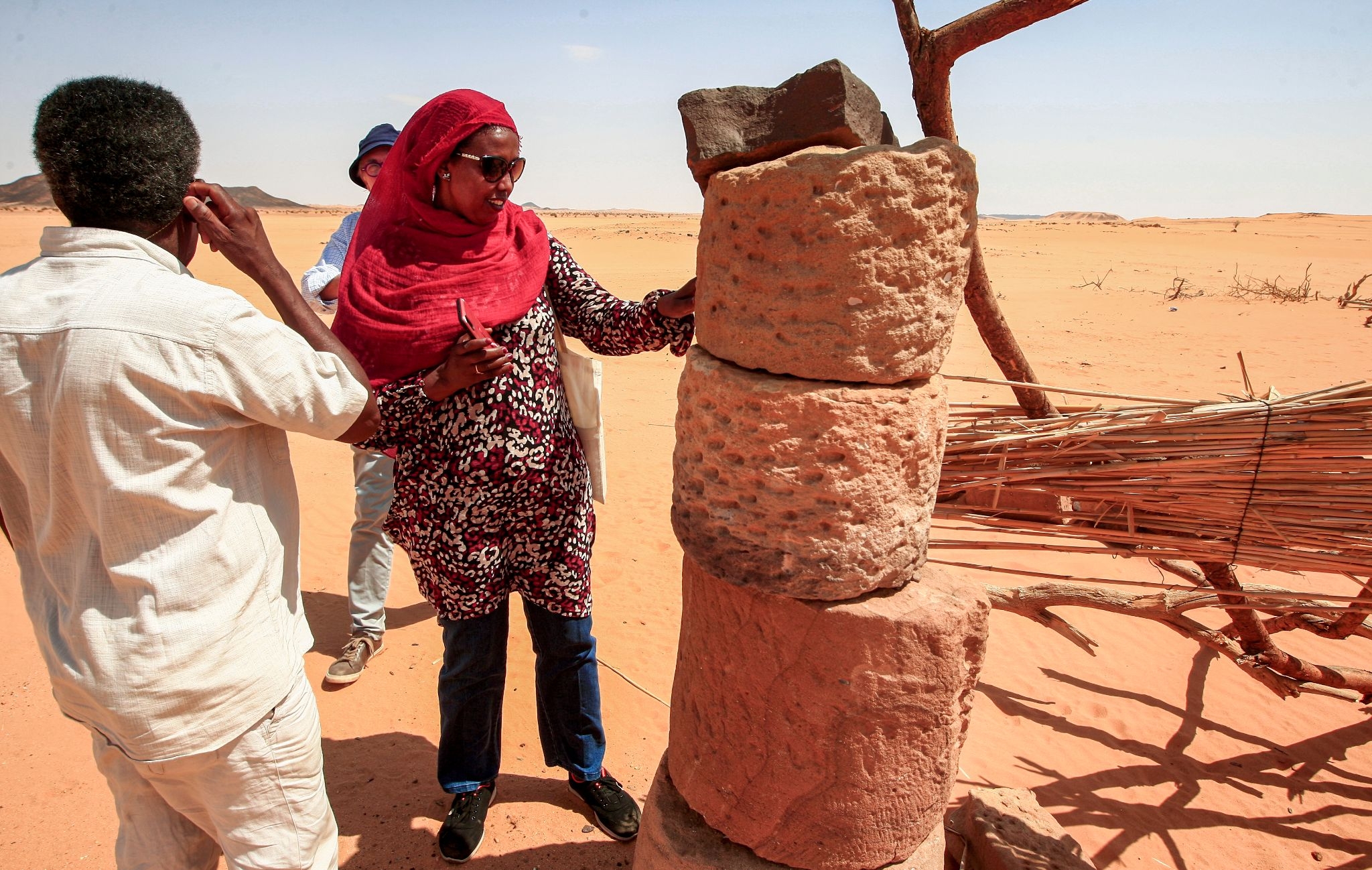
Next to the huge gash in the ground, the diggers had piled up ancient cylindrical stones to prop up a roof for their makeshift dining area. Mahmoud al-Tayeb (L), an expert formerly with Sudan's antiquities department, said the destruction of the site is “the saddest thing". Although the gold-hunters were taken to a police station, they were freed within hours, AFP reported.

The gold hunters also created a makeshift mosque, consisting of stones lined up to outline the prayer space in the Bayuda desert. According to Tayeb, gold exploration is nothing new in Sudan. He remembers a time when people would try their luck panning for gold at the city of Omdurman, where the waters of the White and Blue Niles meet.
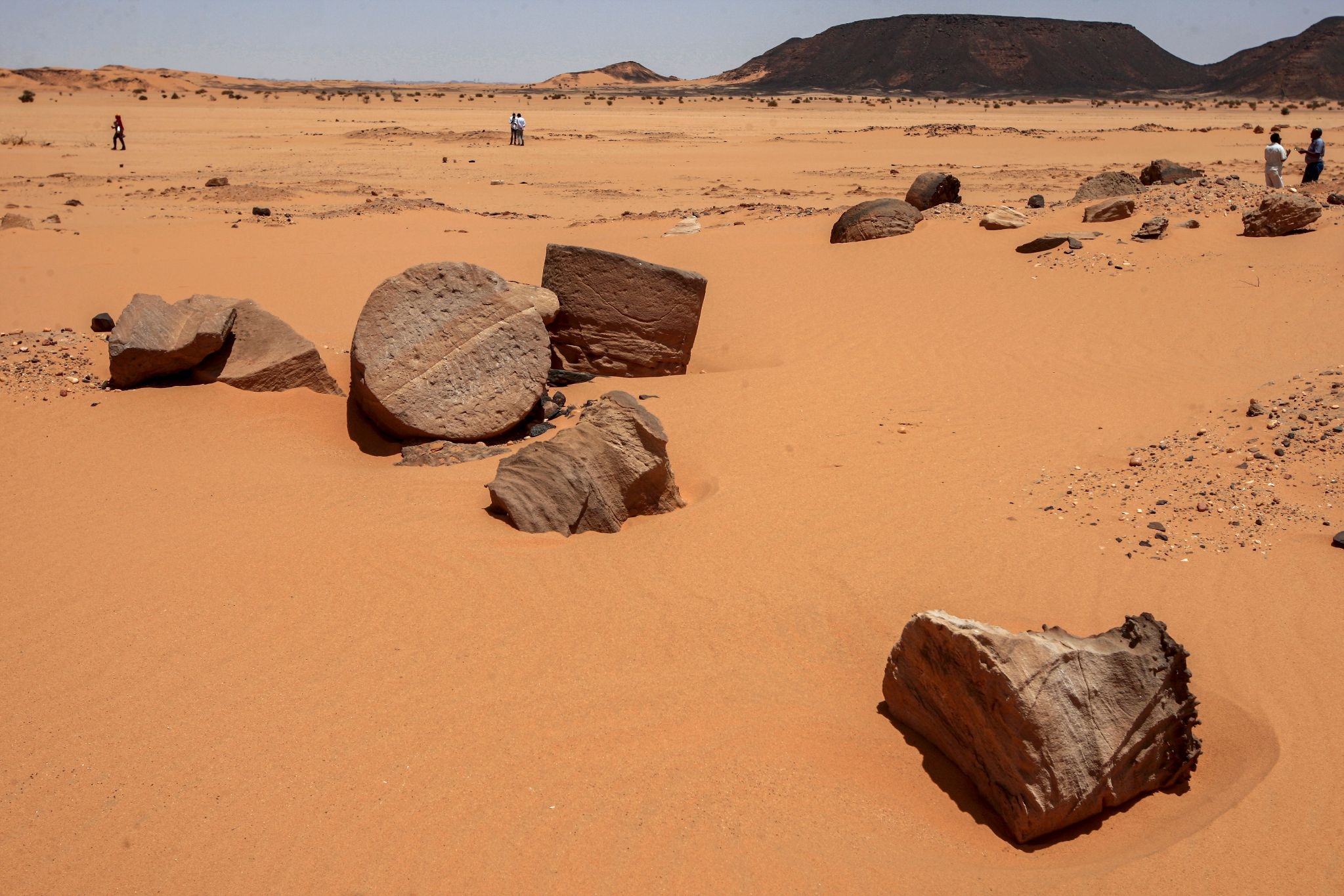
"We used to see older people with small sieves like the ones women use for sifting flour at home," Tayeb said, recalling times from his childhood. "They used them to look for gold." But the gold found was in small quantities. Then, in the late 1990s, when people saw archaeologists using metal detectors for their scientific research “they were convinced there was gold", Nour told AFP.
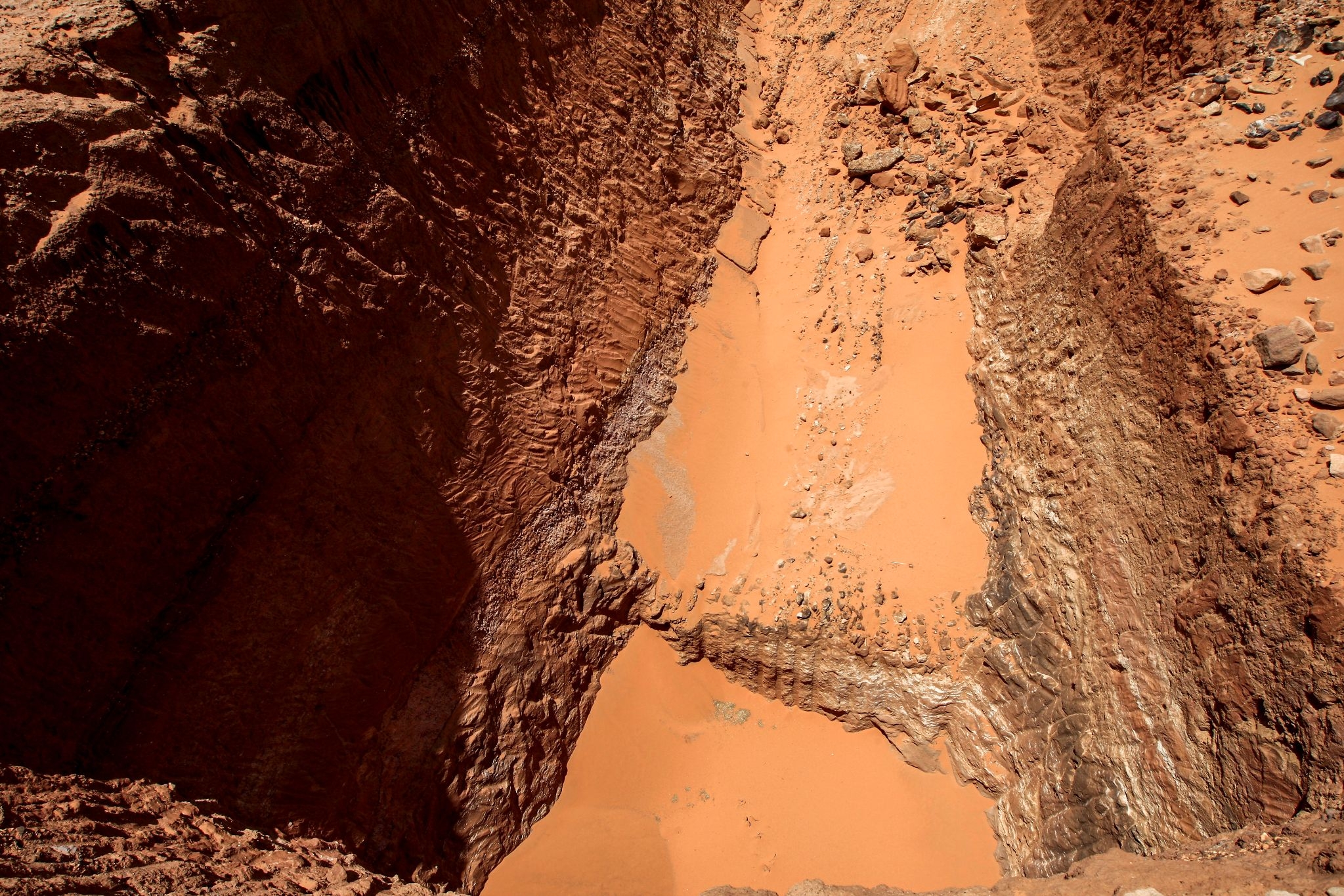
The country’s archaeologists warn that the destruction at Jabal Maragha is not a unique case, but part of a systematic looting of ancient sites. "Out of a thousand more or less well-known sites in Sudan, at least a hundred have been destroyed or damaged," said Nour. "There is one policeman for 30 sites … and he has no communication equipment or adequate means of transport."
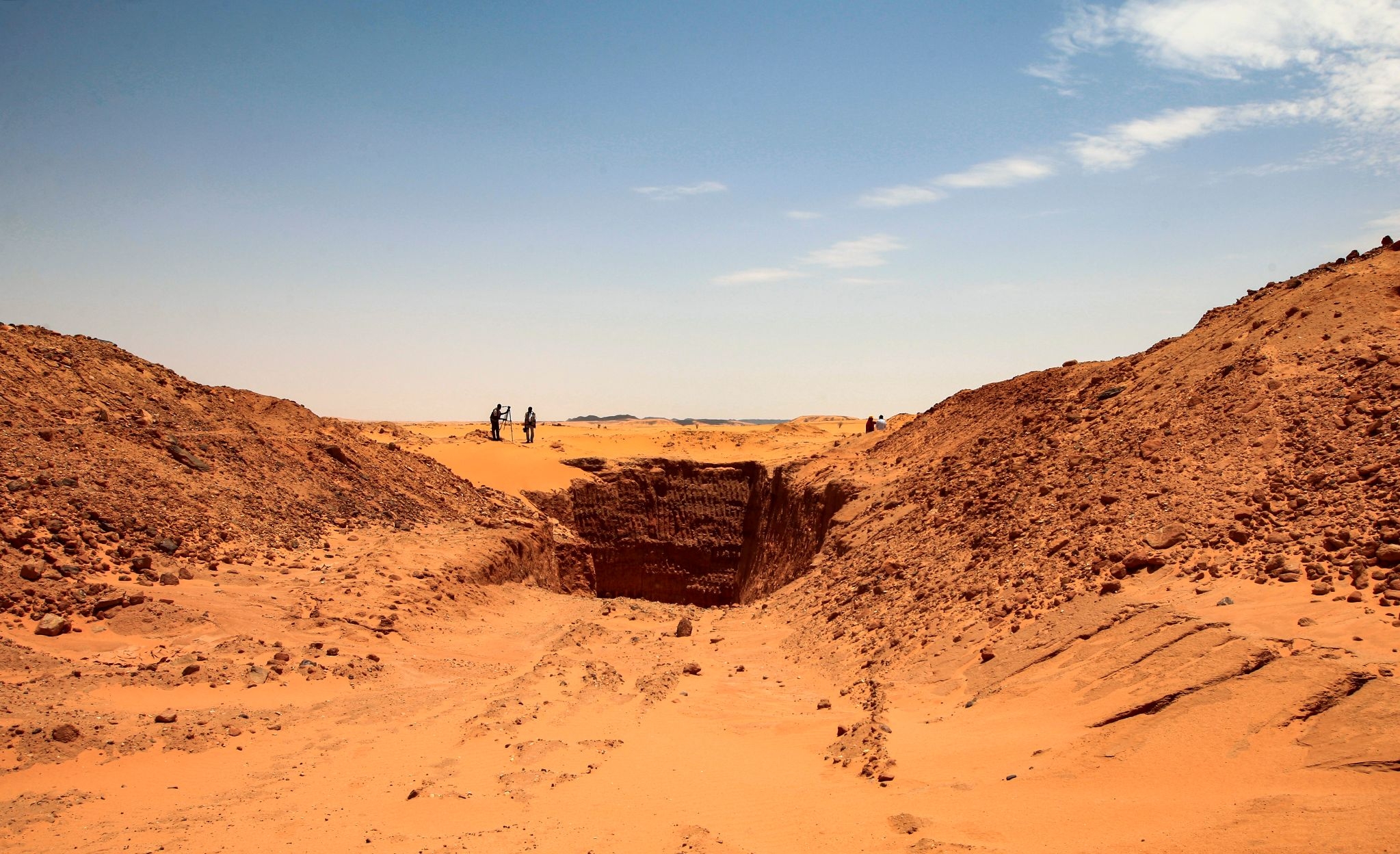
Hundreds of graves, some dating back to the times of the pharaohs, have been raided and destroyed by looters at Sai, a 12km-long river island in the Nile. But Nour and other archaeologists are trying to preserve Sudan’s historical sites as part of the country's cultural identity. "Heritage is vital for the unity of the Sudanese," says Nour, and the country’s history, "a reason for pride".
This article is available in French on Middle East Eye French edition.
Middle East Eye delivers independent and unrivalled coverage and analysis of the Middle East, North Africa and beyond. To learn more about republishing this content and the associated fees, please fill out this form. More about MEE can be found here.


